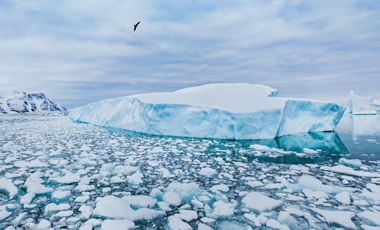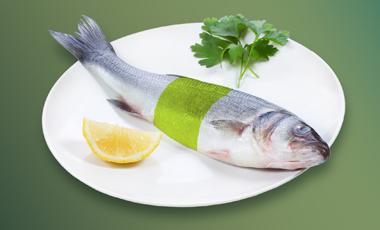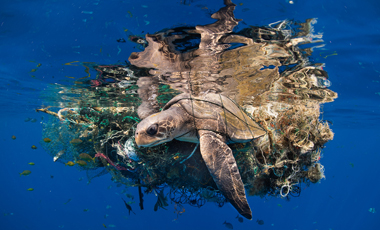

Did you know that one liter of bottled water can contain 250,000 nanoparticles?
Reducing the use of plastics is key to protecting our health and our planet.
A recent study by Columbia and Rutgers Universities reveals an alarming fact: these tiny contaminants, invisible to the human eye, come from both the plastic in bottles and the filtration processes used to make them.
Although the effects of nanoplastics on our health are still being studied, one thing is clear: reducing the use of single-use plastics is a priority for our health and the health of the planet.
This knowledge invites us to reflect on our habits and urges us to adopt real solutions. Every small change adds up.
Other related news
-
Microplastics

Silent Threat: Plastic Microbes in Antarctica
Antarctica, considered one of the last bastions of purity on our planet, faces a growing threat from plastic pollution.
-
Microplastics

Did you know that fish have been eating microplastics since the 1950s... and so have we?
Every week we ingest the equivalent of a credit card's worth of microplastics.
-
Microplastics

Researchers find microplastics in fish from two Ecuadorian Amazon rivers
Microplastics are fragments smaller than five millimeters. They can contain toxic chemicals and absorb pollutants from the environment. Their presence in ecosystems is considered a public health problem.
-
Sustainability

Plastic Pollution: A 21st Century Environmental and Health Challenge
Plastic pollution has become one of the most pressing environmental crises of our time.
